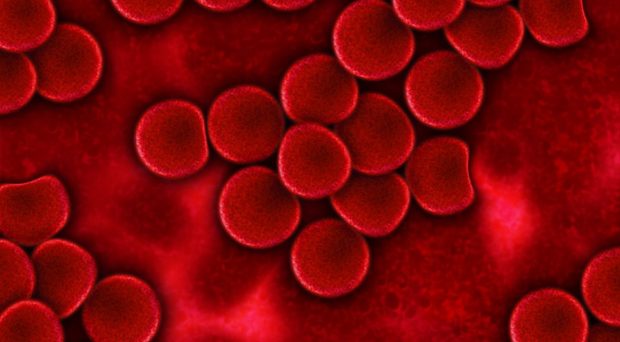
Recently, some immune checkpoint inhibitors, including programmed death (PD)-1 and cytotoxic T-lymphocyte antigen (CTLA)-4, have emerged for clinical use as anticancer drugs. Antibodies targeting PD-1 and CTLA-4 proteins are effective against advanced melanoma, lung cancer, and other cancers.
Expression of checkpoint inhibitor proteins is sometimes increased on helper T cells and suppresses recognition of tumor cell antigens on the surface of malignant cells presented by T-cell receptors. Both the innate and adaptive immune systems contribute to elimination of malignant cells.
The importance of the immune system and its contribution to the elimination of foreign materials are similar for malignant cells, pathogens, and necrotic host cells. Thus, knowledge about immuno-oncology can also be applied to strategies for managing sepsis and severe trauma. In fact, some clinical and animal studies have already investigated the potential of checkpoint inhibitors for modulating sepsis-induced immune alterations.
Strategies to enhance the immune response at sites of infection and to maintain systemic host defenses within the physiological range seem to be attractive options for treating sepsis.
Recently, the definition of sepsis was revised to mean “life-threatening organ dysfunction caused by a dysregulated host response to infection”. The term “dysregulation” includes an irrelevant immune response occurring at the wrong time and place. In general, local hyperinflammation due to host defenses against invading pathogens should be beneficial.
On the other hand, systemic hyperinflammation is sometimes deleterious and both systemic and local immunosuppression are pathological. Suppression of the immune response at a site of infection leads to incomplete destruction of pathogens and may allow disseminated infection to occur.
Strategies to enhance the immune response at sites of infection and to maintain systemic host defenses within the physiological range seem to be attractive options for treating sepsis. Creating the appropriate chemokine gradient, maintaining neutrophils in a resting state in the bloodstream, and enhancing the activity of immune-related cells at sites of infection are essential elements of such strategies.
Suppressing the dysregulated host response to infection alone is inadequate treatment for sepsis. It is also necessary to eliminate the pathogen and to promote the repair and regeneration of cells damaged by excessive inflammation, including endothelial cells.
Lipid mediators termed specialized proresolving mediators (SPMs) that are produced during the very early phase of infection have attracted attention. Recently, Dalli and colleagues reported that various host-protective lipid SPMs, including resolvins, lipoxins, maresins, and protectins, have anti-inflammatory activity as well as supporting tissue regeneration and wound repair.
SPMs also promote bacterial phagocytosis, efferocytosis of apoptotic cells, and tissue regeneration. Better understanding of the functions of SPMs could provide more information about the mechanisms of host protection against infection and could lead to new therapeutic approaches.
There has also been increasing interest in the use of cell-based therapy with stem cells and progenitor cells for treatment of sepsis, acute kidney injury, and ARDS. Cells may not only engraft in damaged organs, but can also release paracrine factors that enhance repair and attenuate organ injury. Phase I and II clinical trials are currently underway in patients with ARDS, AKI, and sepsis, and the results are eagerly awaited.
Comments